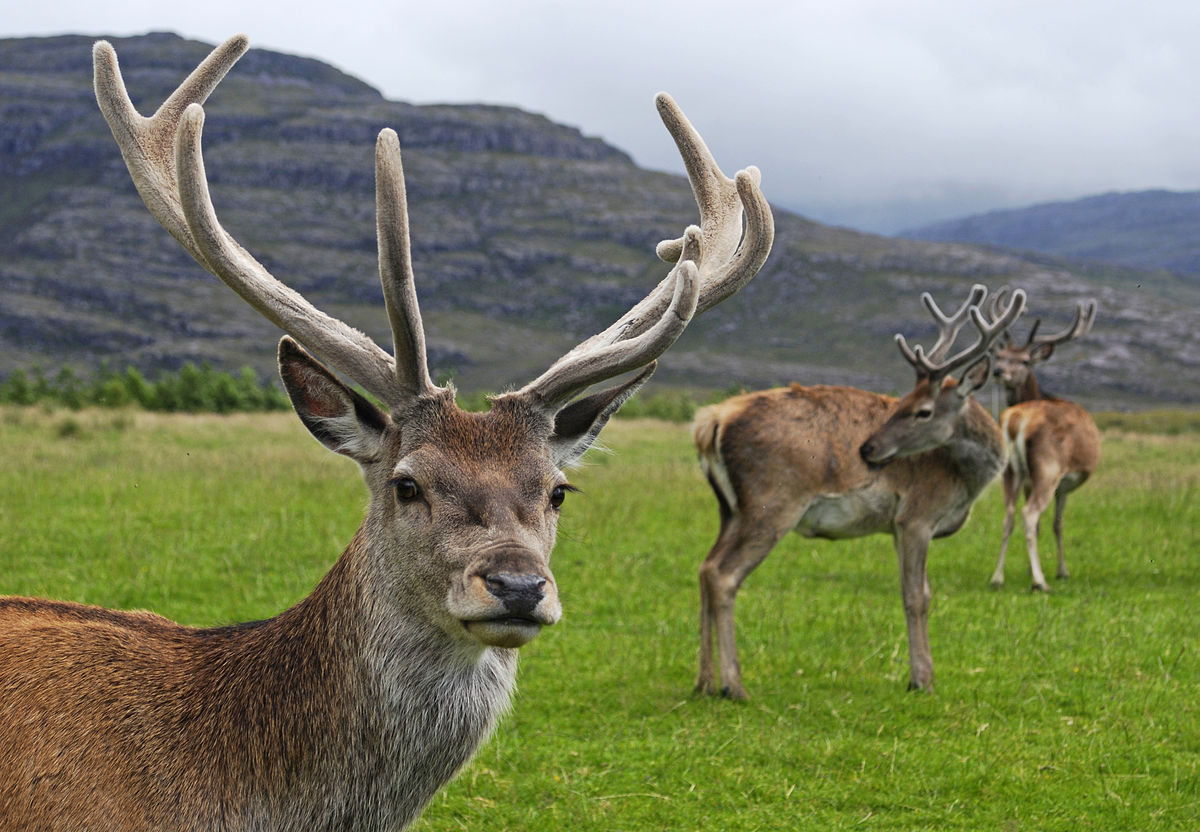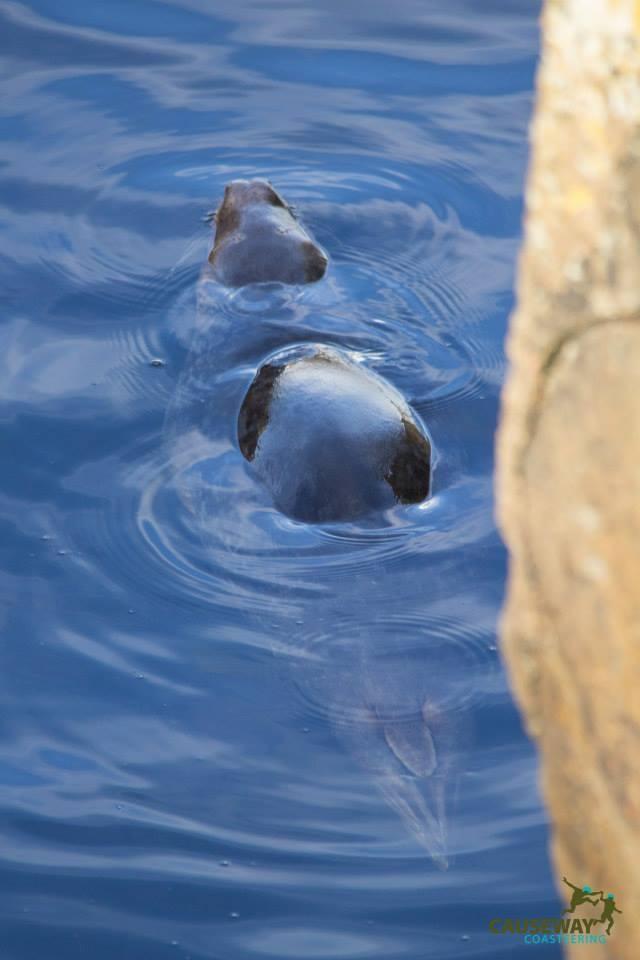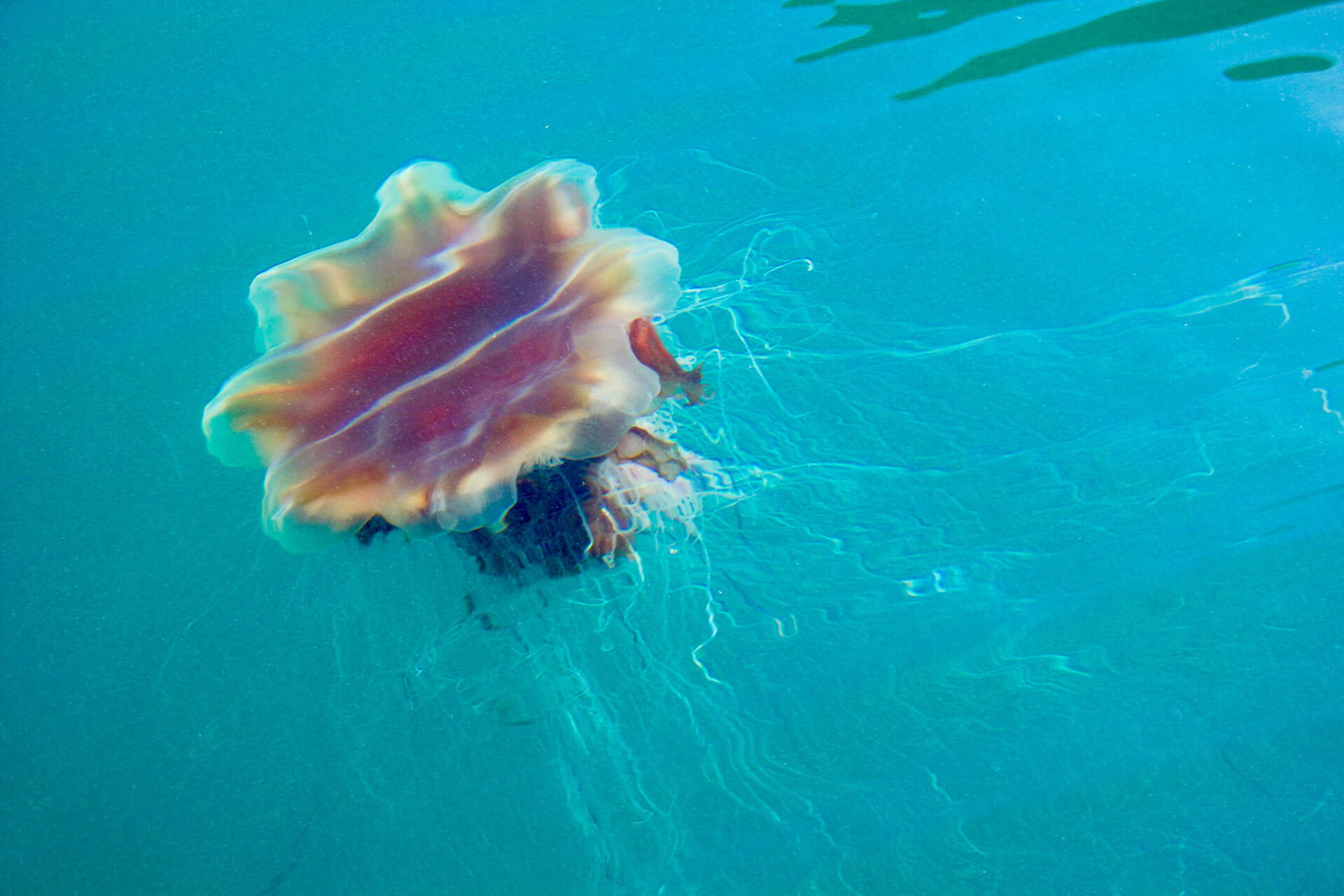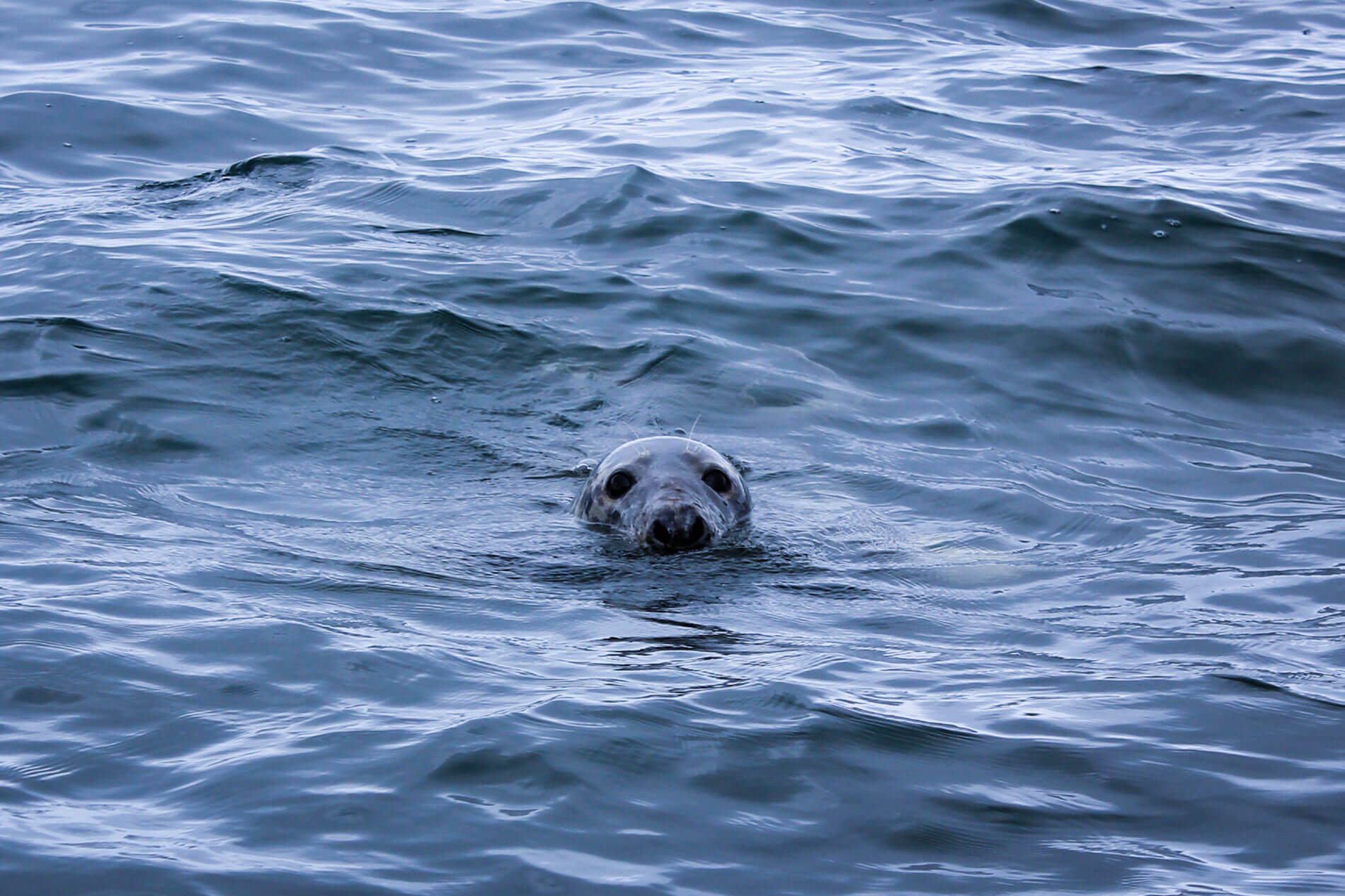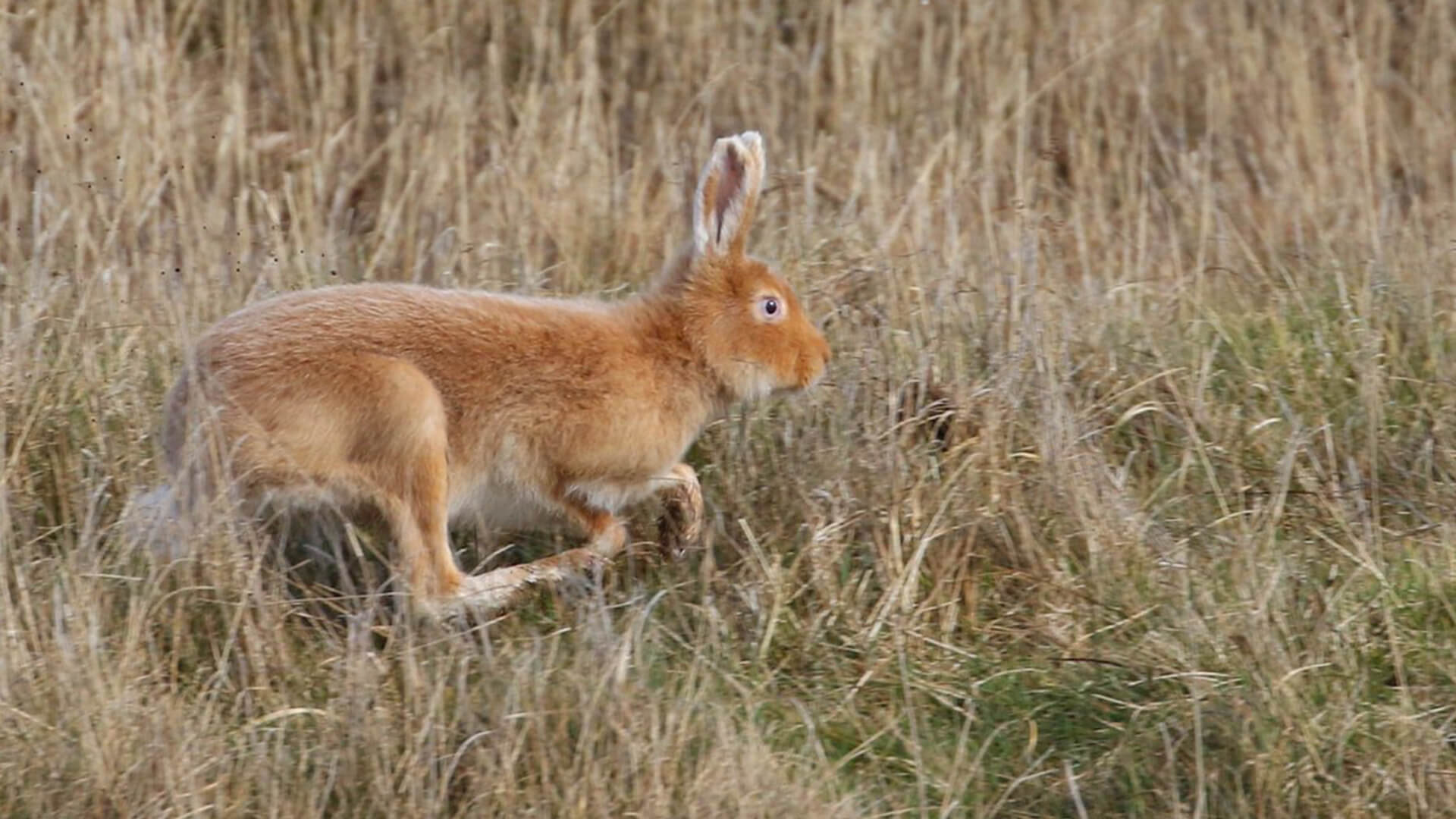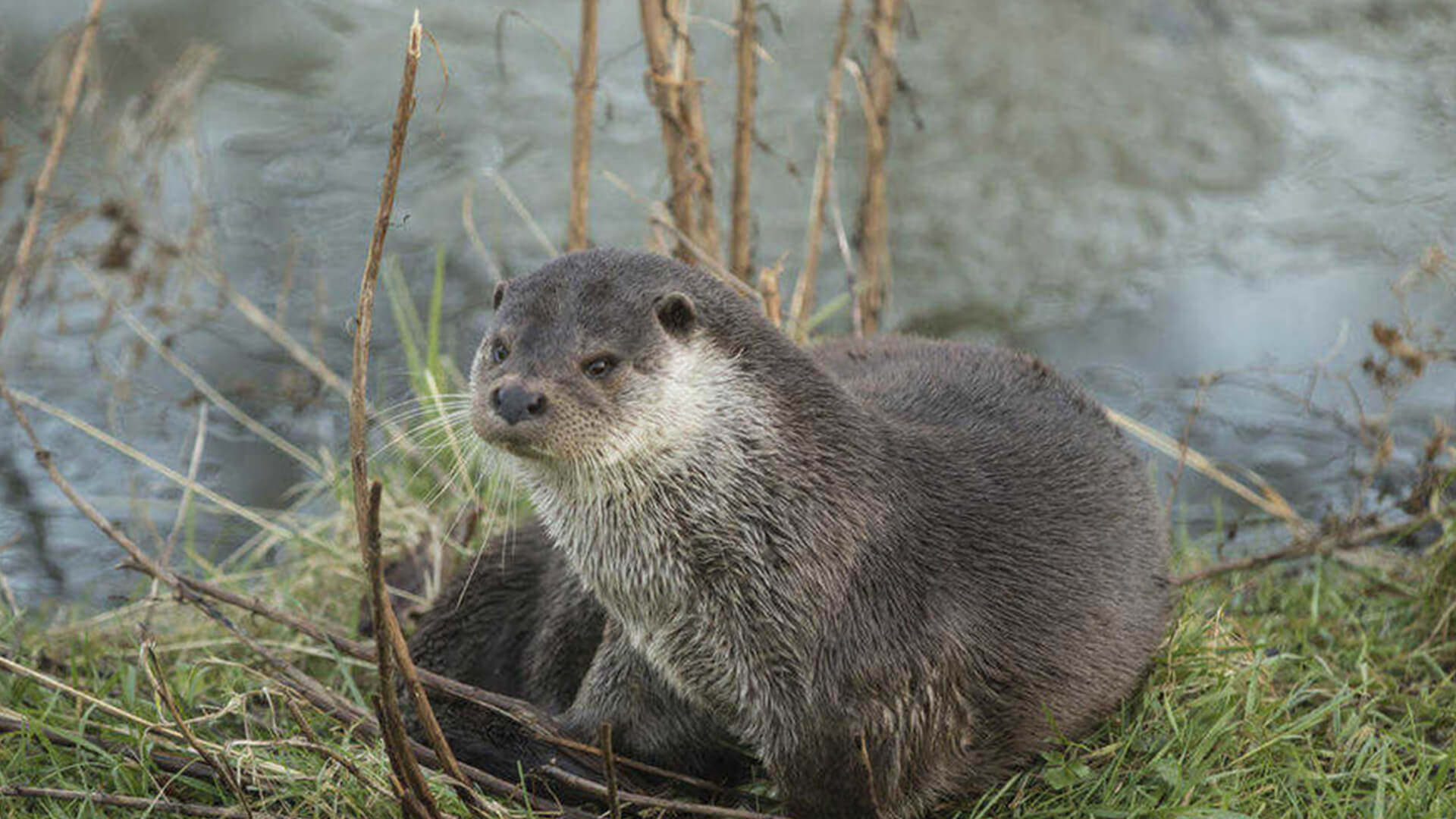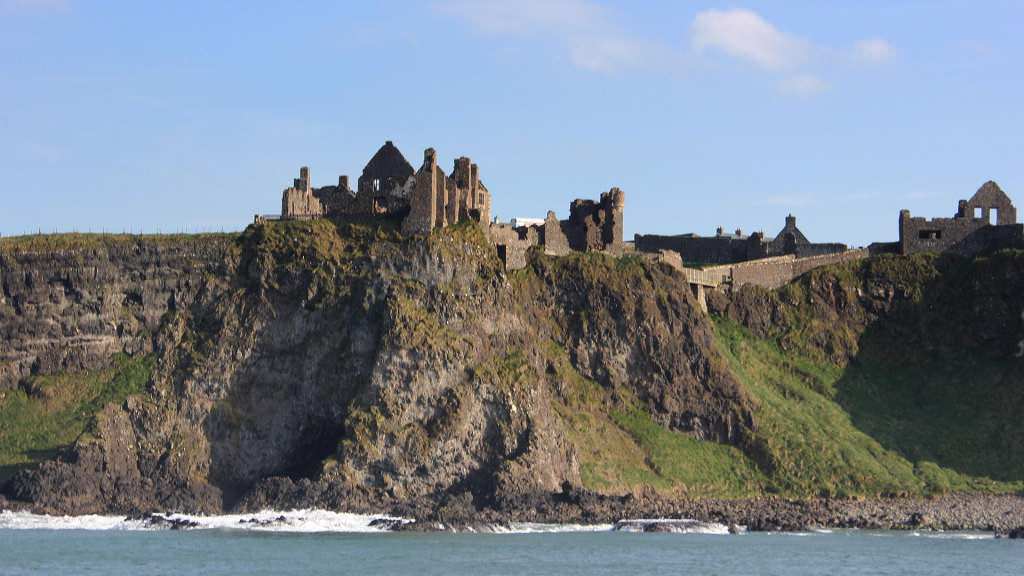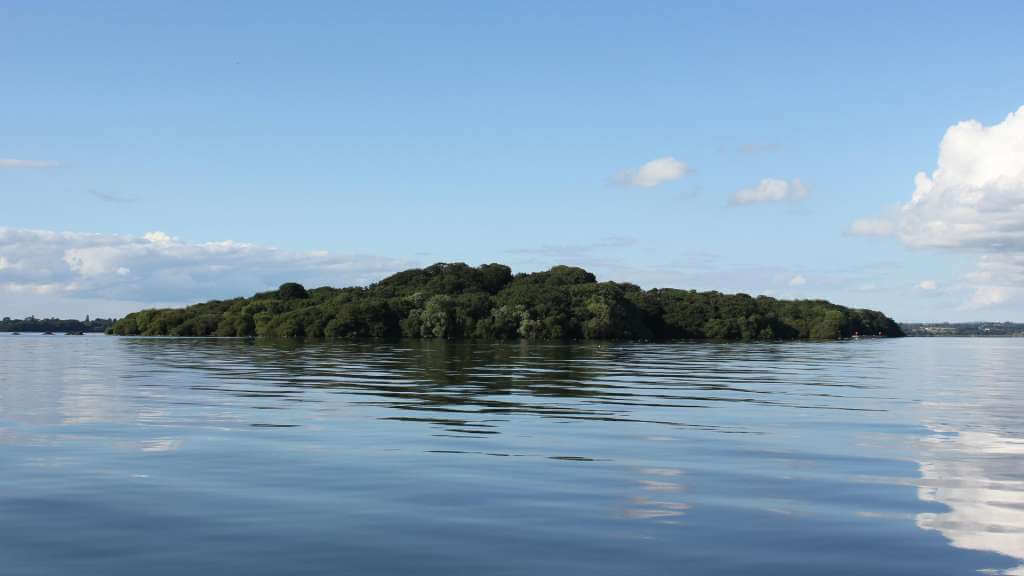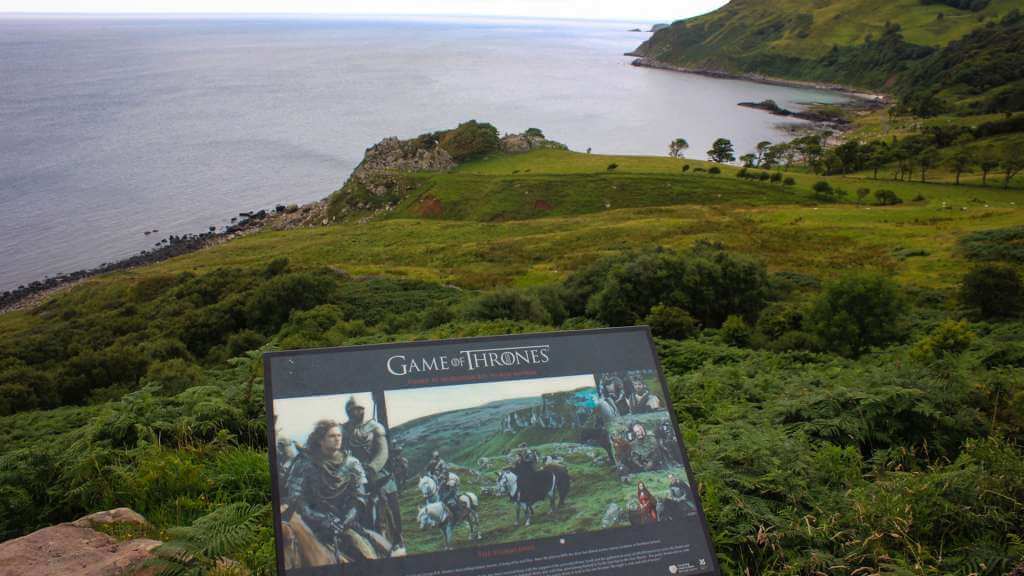Wildlife
Abhainn Cruises is proud to be an Accredited Wildlife Safe Boat Operator (WiSe), having completed training and agreed to abide by the WiSe Code of Conduct to protect and preserve the different species of marine wildlife we encounter.
Learn more about WiSe Accreditation here – Wildlife Safe Boat Operator
Lough Neagh is situated in the centre of Northern Ireland. It is the largest freshwater lake in the British Isles and is very shallow for its size. Six major rivers flow into the Lough while the Lower Bann River provides the exit.
It leaves Lough Neagh at Toomebridge and enters the sea 60 kilometres to the north between Portstewart and Castlerock. Lough Beg is essentially a widening of the Lower Bann, 3 kilometres downstream of Toomebridge.
The River Bann is the longest river in Northern Ireland and is home to an extensive array of species. In the water reside Atlantic salmon, brown trout, eels and sea lamprey. Otters can also be spotted in the water and on river banks. Looking skywards there are many types of birds, bats and twelve species of dragonfly of various sizes. The iconic Whooper Swans can often be seen and heard on and above the water. They fly to Lough Beg from breeding grounds in Iceland every winter. It is truly restorative to drift along the Bann immersed in the sights and sounds of the local wildlife
Lough Beg Nature Reserve is one of the finest ornithological sites in the British Isles with 171 recorded species of birds. Along with Lough Neagh, Lough Beg supports internationally important numbers of wintering wildfowl, and is a nationally important breeding location for various bird species. The open water and surrounding wetland habitats around the loughs have a range of special environmental designations indicating their importance to the regions’ environment and biodiversity.
The marine life most associated with Lough Neagh are the Silver Eel and Pollan. Otters are also spotted regularly. The site qualifies as a Special Protection Area, a wetland of international importance by regularly supporting over 20,000 waterfowl in winter. There are nine such species including Whooper Swans, Pochard, Tufted Duck, Scaup and Goldeneye as well as breeding Common Tern. Around 150 pairs of Common Tern come from Africa each year to breed on Lough Neagh. Nearly 70 pairs nest on the old World War Two Torpedo platform near Shane’s Castle.
The Lough and its margin are also home to a large number of rare or local insects, including molluscs, freshwater shrimp, eight types of beetles, hoverflies, moths and butterflies. Of the rare beetles recorded two have their only known Irish location around the Lough. The Lough also supports twelve species of dragonflies.
In the summer the Lough supports internationally important numbers of breeding Black-headed Gulls and has the largest concentration of Great Crested Grebe in Ireland. Nationally important numbers of breeding Redshank, Snipe, Shoveler and Gadwall are found.
Northern Ireland’s coastline extends over 400 miles and accommodates dramatic headlands, fascinating geological formations and a thriving marine environment.
The Causeway Coast Wildlife includes Orca (Killer Whales) which have been sighted off the coast of Rathlin. These magnificent creatures are highly intelligent and social with distinctive black and white markings. Dolphins are also highly intelligent and social, often seen swimming together in groups along our coast. Porpoises have dark grey backs, lighter grey sides and a white underbelly. They stay close to the coast and can be distinguished from dolphins by the blunt noses. Basking Sharks can also be seen off our coast, from Spring onwards they swim just below the surface to feed on our plankton rich waters. Occasionally a Mola Mola, or Sun Fish, will emerge from the depths to sunbathe on its side. This is an odd fish appearance wise, with a body as long as it is wide. There is also a wealth of birds along our coast; Cormorants, Fulmars, Guillemots, Gannets, Puffins, Kittiwakes and Razorbills.
Rathlin is an important biodiverse area with many special environmental designations. From early May to mid July the height of the breeding season for seabirds commences, and the rough faces of the cliffs and rocky islands are crowded with thousands of breeding seabirds. Guillemots, razorbills, kittiwakes and fulmars raise their young on bare ledges, while puffins nest in burrows dug into the cliff-side grassland. Peregrine falcons, buzzards and ravens also build nests on cliff ledges.
Early summer sees the island’s orchids in bloom and during late summer the heathlands in full flower. Wet areas above the clifftops attract nesting waterfowl such as ducks, snipe, grebes and coots. Rabbits and hares graze on the reserve, while grey seals can be seen hauling themselves out onto the rocky foreshore. The Golden hare, which is a rare genetic mutation, flourishes on Rathlin. Grey seals can always be seen at Ushet Point and Harbour Seals are often found in Church Bay and on the beach near the harbour.
The Gobbins coastal cliffs boast the only mainland colony of puffins. And this biodiverse area welcomes more than just puffins. Other winged creatures that feed and play here include kittiwakes, shags, guillemots, razorbills and, from time to time, a peregrine falcon. You may also spot cormorants diving for fish and during warm summers the water is teeming with hundreds of Lions Mane Jellyfish. Seals and dolphins occasionally make an appearance.
Belfast Lough itself is an Area of Special Scientific Interest (ASSI) famed for its bird population, including nesting peregrine falcons. Meadow pipit, robin, goldfinch and chaffinch are commonly seen. There have also been recent sightings of stoat and otter. Birds such as cormorant, shag, gannet, oyster catcher, redshank, turnstone, black-headed gull and common gull can be spotted. Seals, porpoise and dolphin can sometimes be seen swimming in the lough.
We cannot guarantee you will see specific wildlife at the time of your tour as this is beyond our control.


